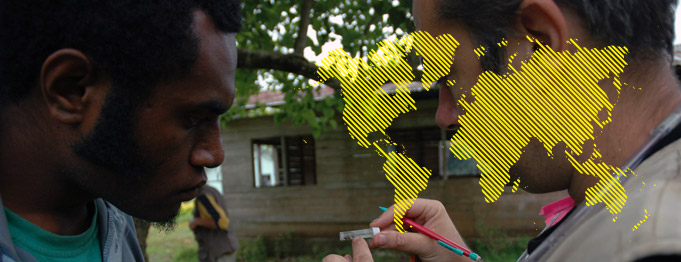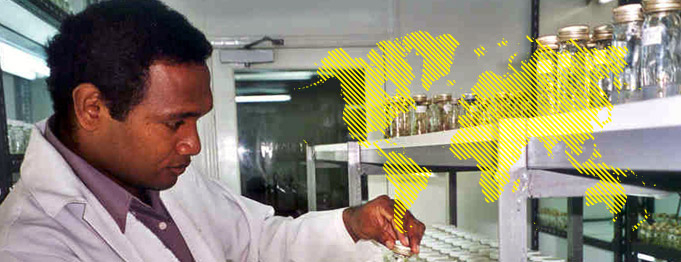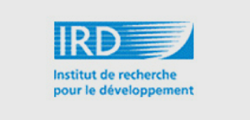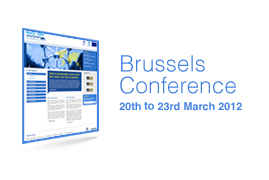Situational analysis
The first aim of this project is to identify and analyse the major research activities and partners in the region in order to inform Inco-NET development and implementation. In order to provide the policy dialogue within the region and with EU with the necessary background information, an overview and an assessment of the Pacific research capacities, activities, systems and priorities will be established.
In addition to the opportunities for Pacific researchers to participate in the EU’s Framework Programme for Research, the EU has substantial and long-standing development cooperation relationships with Pacific regional organisations which have the potential to be leveraged to support capacity building for Pacific S&T. Additionally, such capacity building activities are essential to bolster longer-term, sustainable S&T capability in the Pacific region. Within various development cooperation programmes in the Pacific there is an increasing awareness of the potential that scientific research plays in stimulating more efficient and rapid attainment of development objectives relating, for example to the Millennium Development Goals (MDGs), the Pacific Plan and the Cotonou Agreement. This interface between S&T and development is entirely consistent with the approach of Pacific leaders, as evidenced by references in the Kalibobo Roadmap relating to sustainable development in areas such as fisheries resource conservation, climate change, waste management and harmonised health sector approaches. These areas have been noted by Pacific leaders as priorities to be integrated into national development cooperation programmes. The goal of this project will be to ensure also that S&T is linked to Pacific development goals and needs.
You will find hereafter some of the deliverables produced in the framework of the PACE-Net project.
Disclaimer: These reports were prepared with the financial assistance from the European Commission. The views expressed are those of the authors alone and do not necessarily represent any official view of the Commission.
The authors note that the information provided in these documents is based only on the survey responses received and documents reviewed during the study period. The representations provided are thus partial and it is acknowledged that there are likely to be gaps in the analysis. Care should therefore be taken in the interpretation and use of these results.




























